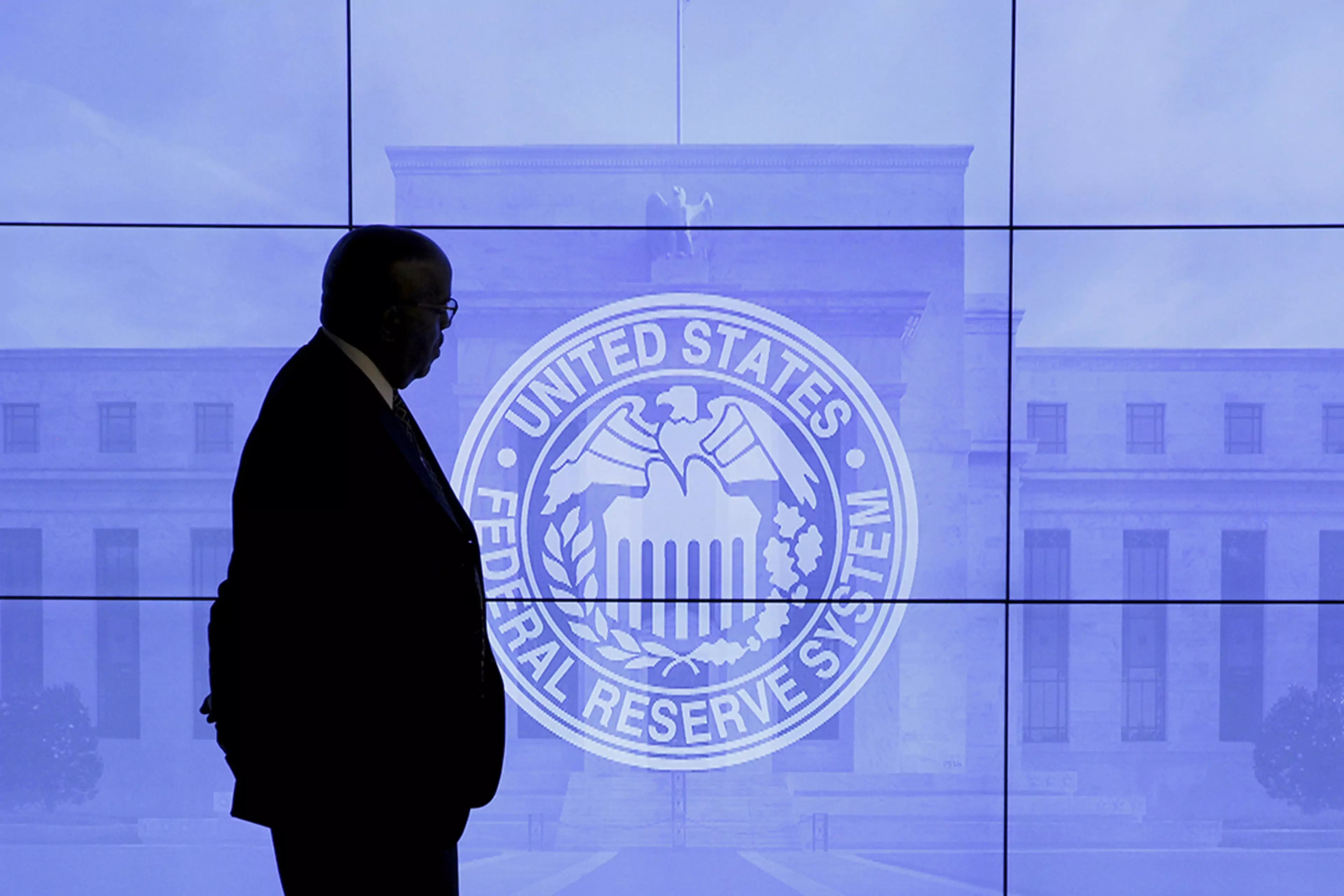Articles
US Inflation Moderates, Giving Fed Breathing Room
"The labour market is slowing down, giving the stickiest inflation categories a disinflationary push that should endure the rest of the year. The rate increase in July by the FOMC was probably the last one before a protracted hiatus."

The moderate price growth
that the Federal Reserve wants to see sustained will likely be more evident in
a frequently monitored indicator of US inflation.
The consumer price index is anticipated to rise 0.2% in July for a second month without accounting for food and energy expenses, which would be the smallest back-to-back increases in 2 1/2 years. This core metric is thought to be a better predictor of underlying inflation by economists and Fed policymakers.
According to the median expectation in a survey of analysts conducted ahead of Thursday's data, the Labour Department's underlying gauge is anticipated to increase 4.8% from a year earlier. While it is comparable to June, the number is probably going to decline in the coming months because core inflation picked up in August and September of the previous year.
According to Bloomberg Economics
"The labour market is slowing down, giving the stickiest inflation categories a disinflationary push that should endure the rest of the year. The rate increase in July by the FOMC was probably the last one before a protracted hiatus."
—Stuart Paul and Anna Wong. For a thorough analysis, see here.
So-called base effects will have the opposite effect on the entire CPI, which includes food and energy. On average, 3.3% is projected for the annual CPI. That's because the metric began to decline from a peak of 9.1% in July of last year.
It would be consistent with market predictions that the Fed will defer raising interest rates in September following a quarter-point increase last month if the core CPI showed additional deflation. Before their next policy meeting in September, officials will take a closer look at a range of price data.
Among the US central bank representatives set to speak in the upcoming days are Patrick Harker of the Philadelphia Fed and Raphael Bostic of the Atlanta Fed. Fed Governor Michelle Bowman stated this weekend that additional rate increases may be necessary for the US central bank to properly restore price stability.
Measures of prices paid by firms have shown signals of reduced price growth for months. The government's core producer pricing index is anticipated to increase 2.3% on Friday compared to July of last year.
That is consistent with pre-pandemic yearly price increases and significantly lower than the peak of 9.7% last year, which highlights the disinflation of products.
Investors will also be on edge due to potential changes in Chinese consumer prices, a likely slowdown in UK economy, and rate decisions from Mexico to India.
For information on what occurred last week, click here. Our summary of upcoming events in the global economy is provided below.
Asia
As worries about the potential of deflation increase in the second-largest economy in the world, data released on Wednesday may reveal a decline in consumer prices in China for the first time in more than two years. The state of demand should also be shown in trade statistics.
Investors will be intently watching the Bank of Japan's actions after its decision to abruptly alter its yield curve control programme last month, as well as its plan to repeatedly enter the market as 10-year rates increase.
The BOJ's reasoning may be further clarified by the summary of comments from the July meeting due on Monday, and wage data due on Tuesday may have ramifications for future policy.
On Thursday, the Reserve Bank of India is expected to hold interest rates steady as it attempts to control inflation while preserving economic development.
The second quarter's gross domestic product figures from Indonesia, the Philippines, and Malaysia should provide information about the region's overall status of growth.
On Monday, Australia releases data on job postings, giving a glimpse into the country's historically tight labour market.
Asia, Europe, and Africa
When the GDP figures for June, which conclude the second quarter, are revealed on Friday, the resilience of the UK to accelerated rate hikes will be under the spotlight. On whether the economy sputtered along or whether the growth stalled, economists are divided.
The European Central Bank's consumer expectations poll, which will be released on Tuesday, will be a key indicator of whether households in the euro zone expect inflation to decrease even more than has been suggested by recent reports.
German industrial production for June will be important in terms of hard statistics. Further weakness that made the largest economy in Europe struggle to grow in the second quarter is anticipated to be revealed in the report due out on Monday.
Two significant rate choices will catch people's attention in Central and Eastern Europe:
On Monday, the central bank of Romania will likely maintain the benchmark at the same level for a fifth meeting as decision-makers weigh the effects of a government plan to reduce spending and modify the company taxation system.
On Thursday, Serbian officials will decide whether to proceed with rate increases after recent unexpected rises.
Tuesday will likely see Hungarian inflation decrease to below 20% for the first time in almost a year, but it will still be the highest in the European Union.
The consumer price index for July in Russia will be released on Wednesday for the first time since the central bank issued a warning about "persistent" pressures on the economy following a rate increase.
Additionally, as state expenditure, particularly on defence production, boosts an economy still adjusting to foreign sanctions, Friday's GDP report there may show growth of 3.5% in the second quarter from a year earlier.
Looking south, Turkish figures are anticipated to show a current-account surplus for June on Friday, which would be the country's first since late 2021. Strong tourism revenue and a seasonal decline in energy imports will likely be seen in the figures.
Nearby in Egypt, data from the day before may have revealed that inflation dropped to 35% last month, barely below the record 35.7% of June. That's largely due to the pound strengthening and the government not hiking electricity rates.
The same day, consumer price rise in Ghana could have fallen below 40% for the first time since September, according to data.
South America
Prior to the release of the minutes of its meeting from August 1-2 on Tuesday, the central bank of Brazil publishes its Focus survey of economists on Monday.
The rate was dropped by half a point to 13.25% by a 5-4 decision of the board, which also predicted that future rate cuts would likely be similar in size.
Brazil also releases data on June retail sales, GDP-proxy statistics, and the benchmark inflation index reading for July, which is predicted to rise back above the 3.25% target after last July's reading of -0.68% dropped out of the 12-month calculation.
The headline inflation rate for July in Chile is predicted to have dropped by more than 100 basis points for a fourth consecutive month, to about 6.4%.
Consumer price hikes in Colombia peaked in March at 13.34%, and experts anticipate a fourth consecutive month of declining inflation in July, to about 11.6%.
Nothing in this week's
monthly and biweekly inflation figures for Mexico will cause Banxico's board of
directors to decide to reduce the current interest rate of 11.25%.


